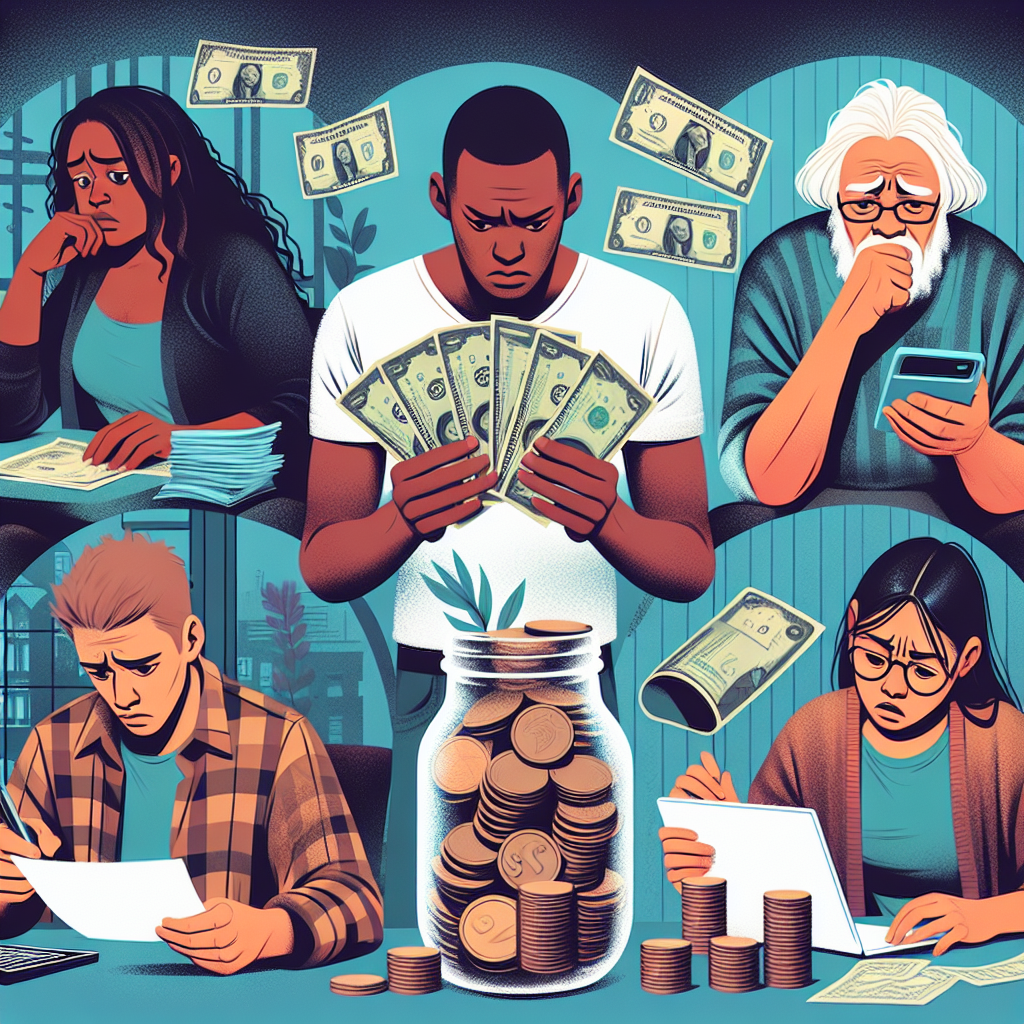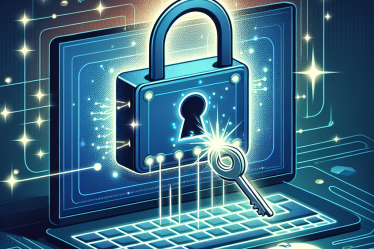
While a fortunate slice of Americans benefit from steady employment and growing savings, a vast number scramble just to cover routine bills or unexpected emergencies. Roughly three-quarters of Americans admit they don’t feel fully financially stable, and about 30% have resigned themselves to never reaching that security. This paints a stark picture where around one-third of the workforce struggles to stash any cash after paying the essentials.
For many, managing monthly expenses feels like walking a high-wire without a safety net — a precarious balancing act between income and outgoings.
— Sarah Foster, Bankrate Economic Analyst
Crucial Takeaways on the Living Paycheck to Paycheck Phenomenon
- Over one in every three workers (34%) confess to living paycheck to paycheck, leaving them with minimal or no leftover funds to squirrel away.
- Nearly 60% of Americans express unease about their emergency nest egg, marking an uptick since last year.
- Carrying revolving credit card debt is common, yet many chase rewards regardless, with 67% of cardholders prioritizing perks despite balances.
Decoding the Phrase: What Does “Living Paycheck to Paycheck” Really Mean?
This phrase typically depicts a financial situation where your paycheck barely covers all expenses, leaving little to nothing for future savings. It implies a fragile existence where missing a paycheck or job loss could trigger a financial crisis.
Factors like the COVID-19 pandemic and soaring inflation rates have escalated the number of Americans stuck in this cycle.
“In plain terms, the cost of living comfortably has surged beyond historical norms,” explains Sarah Foster, Bankrate’s U.S. economy reporter. “Prices have climbed nearly 21% since early 2020, meaning what once cost $1,000 now demands an additional $210. For many whose wages haven’t kept pace, inflation is effectively eroding their take-home pay.”
“Inflation acts like a stealthy bandit, quietly robbing Americans of their chances for a stable, comfortable life.”
— Sarah Foster, Bankrate U.S. economy reporter
Who Is Most Affected? Demographics of Those Living Paycheck to Paycheck
This financial strain doesn’t discriminate, though some patterns stand out.
Income and Its Impact
Lower earners face the steepest challenges. Bankrate’s data reveals that 43% of workers making less than $50,000 annually find themselves caught in this trap. Meanwhile, 33% of those earning between $50,000 and $79,999, 36% of the $80,000–$99,999 bracket, and 24% earning over $100,000 report the same hardship. A high cost of living, family obligations, or spending habits beyond means also play roles.
Additional findings show a significant overlap between carrying credit card debt and the risk of perpetually living paycheck to paycheck, especially among lower-income groups.
Generational Shifts in Financial Stress
Living paycheck to paycheck can touch every age group but tends to peak around middle age before easing among baby boomers.
Credit card debt often eclipses emergency funds, with 32% of Gen Z, 21% of millennials, 37% of Gen X, and 42% of boomers carrying more debt than savings — a trend reflecting varied financial pressures across generations.
Gender Divide in Financial Struggles
Financial vulnerability also splits along gender lines: 36% of women versus 32% of men report living paycheck to paycheck, highlighting the disparities that still exist.
Statistics Snapshot
Recent surveys conducted in mid-2024 provide detailed insights:
- 2,407 adults surveyed online about paycheck-to-paycheck status;
- Emergency savings data from 1,032 respondents was gathered with a margin of error ±3.5%;
- Side hustling activities engaged by 36% of Americans;
- Credit card debt surveys indicate 930 out of 1,877 cardholders carry balances.
Credit Score Consequences: The Hidden Costs of Living Paycheck to Paycheck
While the paycheck-to-paycheck lifestyle doesn’t directly ding your credit score, it can set off a chain reaction with negative repercussions.
“People caught in this cycle often rely on credit cards to plug short-term cash gaps or cover emergency costs, leading to ongoing balances and towering interest bills with no clear exit,” warns Amy Maliga, former financial educator at Take Charge America.
Potential pitfalls to watch out for include:
- Skyrocketing credit utilization rates: Running low on savings means leaning heavily on credit, which can inflate your utilization ratio to dangerous levels.
- Missed or delayed payments: High costs can push payments beyond reach, harming your creditworthiness.
Though tough, solutions exist—thinking outside the box about boosting income and trimming outlays can help regain control.
Strategies to Escape the Cycle
Boosting Your Earnings
One clear route is to grow household income. This might mean clocking extra hours at your current job, juggling a second gig, or hopping onto the thriving side hustle trend—with Americans increasingly monetizing skills like childcare, baking, or ride-sharing to pad their wallets.
Over one-third of Americans (36%) currently engage in side hustles. Smart credit card use—earning cashback, travel points, or miles—can supplement income if managed carefully to avoid debt traps.
Cutting Down on Costs
Start by crafting a realistic spending plan. Excessive interest payments drain resources with no return, so tackling credit card debt is a priority. Consulting a nonprofit credit counselor or financial advisor could provide personalized strategies to balance your budget, manage debts, and map a sustainable financial path.
About the Data: Survey Methodology
Bankrate partnered with YouGov Plc and SSRS to gather this comprehensive data. Surveys were conducted online with weighted, representative samples of U.S. adults aged 18 and over. Highlights include:
- Living Paycheck to Paycheck Survey: 2,407 adults surveyed between May 16–20, 2024.
- Emergency Savings Report: 1,032 respondents surveyed May 17–20, 2024, via web and telephone, with results weighted to population demographics.
- Financial Freedom and Chasing Rewards Surveys: Involving over 2,000 adults each, conducted in early to mid-2024.
- Side Hustle and Credit Card Debt Surveys: Sample sizes exceeding 2,300 participants, conducted mid-2024.
Earlier surveys dating back to March 2020 provide benchmarks contextualizing the financial shifts over time.


